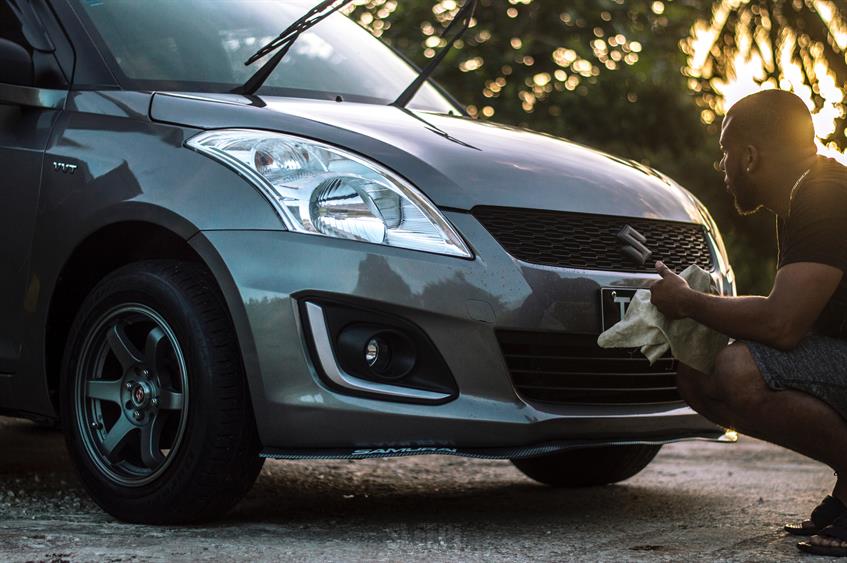
Insurance Policy Excess
For anyone involved in the motor trade industry, be it sales or repair, the subject of insurance excess always rears its head when discussing policies, premiums and claims. Here, Tradex gives an overview of what the excess can mean for you and your claim.
Excess - What is it?
When a person claims on their motor trade insurance, they still need to pay towards the damage as well. This is called ‘excess’ – a payment that the insurance company will ask their customer to pay towards any claim that they might make. This is agreed at the beginning of the policy.
Excess is comprised of two parts:
- Compulsory excess: This is the amount set by the insurance company that a policyholder must pay in the event of a claim. The amount will often vary depending upon age and driving experience. The type of car that is being insured may also be a factor in deciding how much the holder will have to pay.
- Voluntary excess: This is an optional amount on top of the compulsory excess added to reduce the price of the vehicle insurance premium. The two amounts are frequently merged into one excess amount on a motor trade insurance quote, but it is advised that all policyholders check the policy carefully. The higher the level of voluntary excess, the lower the yearly cost of the plan. This can be a good way to lower the initial cost of an insurance policy, but it is worth remembering that in the case of an accident, the policyholder will have to pay this amount in full.
How much excess do people need to pay?
The total excess is calculated by adding the compulsory and voluntary amounts together. For example, if a policy has a compulsory excess of £100 and an added a voluntary excess of £200, the policyholder will pay £300 if claimed.
Many in the motor trades industry will have come across a Young Drivers' excess on their policies, often as a result of hiring a new member of staff such a trainee or apprentice. Many insurers charge a higher compulsory excess if the driver is a young because they are seen as more likely to be involved in an accident. If companies have hired a young or inexperienced driver, they shouldn’t be surprised if their compulsory excess is higher than someone who is older or more experienced behind the wheel. This should be clearly noted on the policy.
And it is also worth noting that those in the motor trade, especially in the high-end luxury, vintage or high-performance car market, may also have an additional excess to pay. Malcolm Tarling, chief spokesperson for the Association of British Insurers said: “Excess can have more of an impact on customers with certain types of vehicle.”
Increasing voluntary excess?
Increasing voluntary excess is only worth doing if the person can be confident they won’t need to make a claim. Increasing this voluntary excess is one way many people can lower the cost of their insurance premium. In an online motor trade insurance quote, it’s worth looking at how changing the voluntary excess affects the price. But remember that, if there is a claim, both the compulsory and the voluntary excess must be paid.
Lastly you do have to inform your insurer if you've been in an accident. It will be a condition of your policy that you report the accident to your insurance company within a reasonable time, even if you don't want to claim yourself.